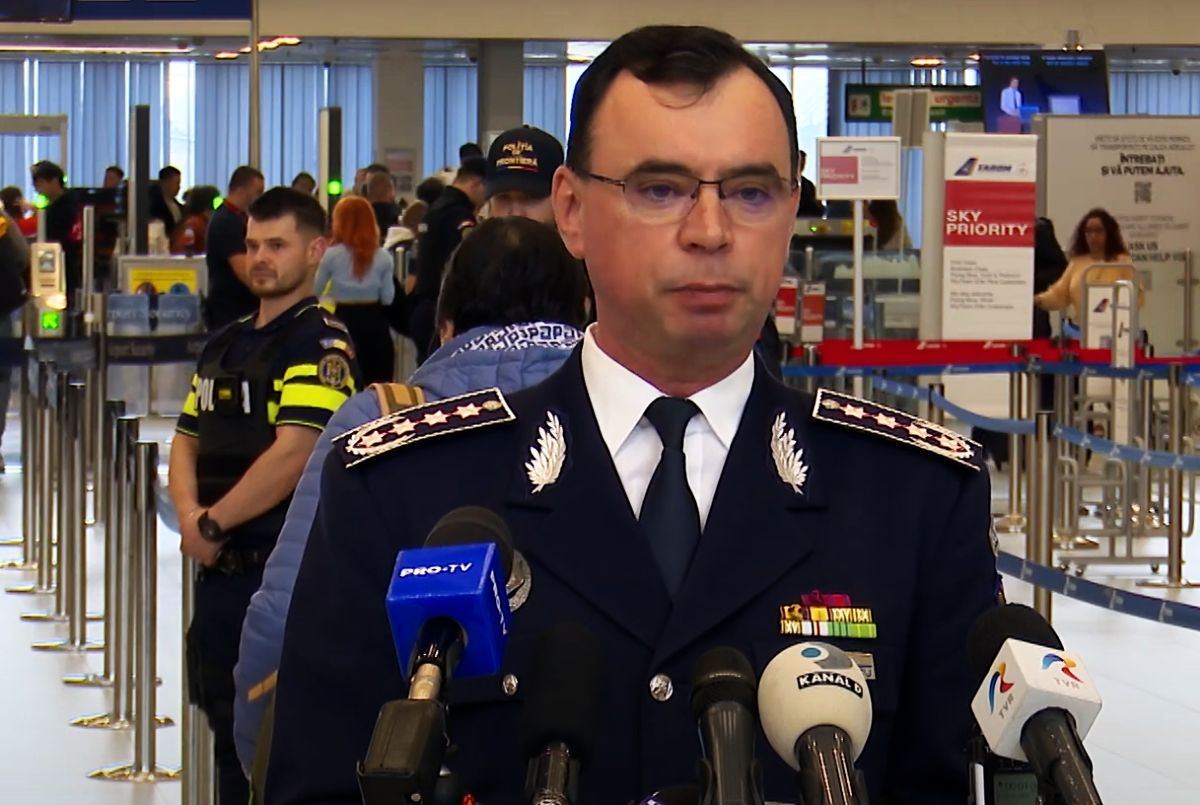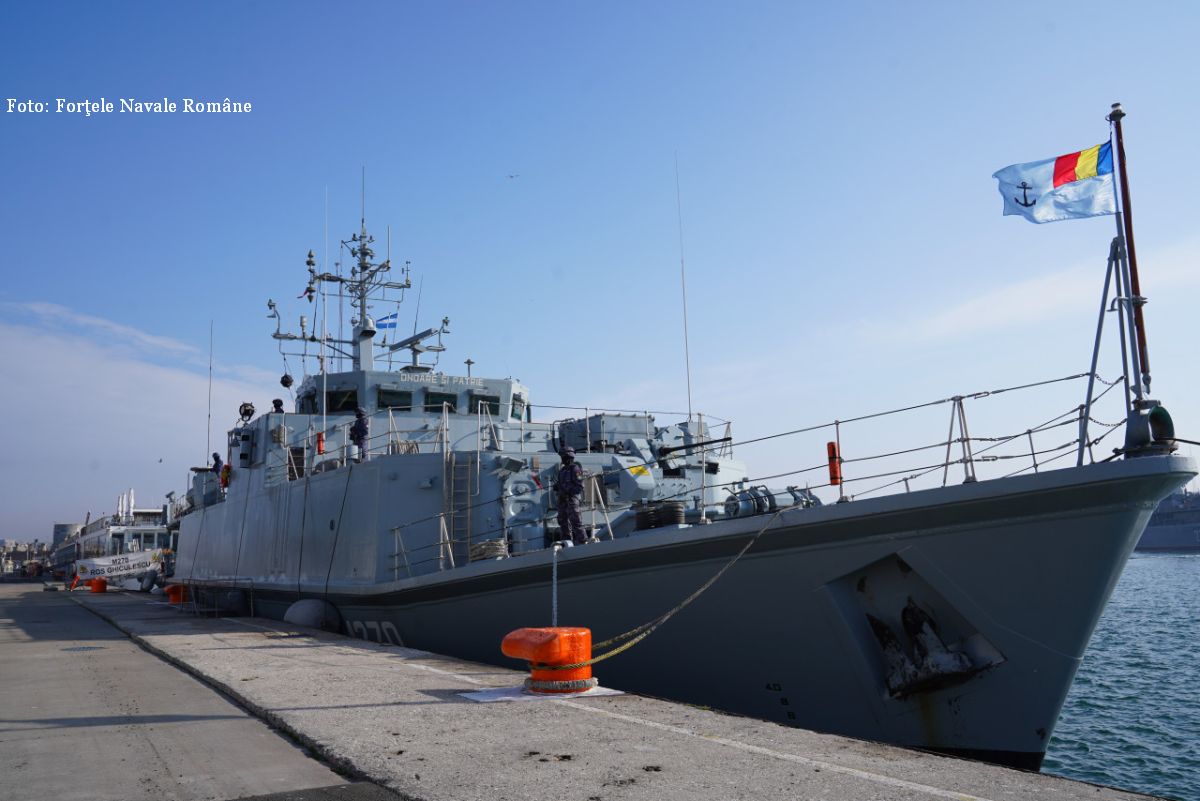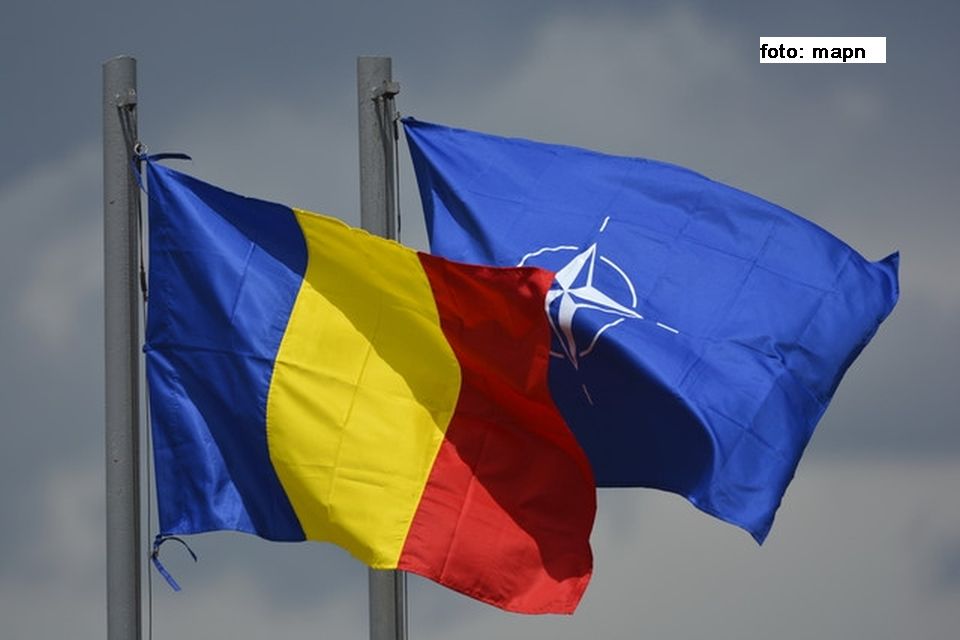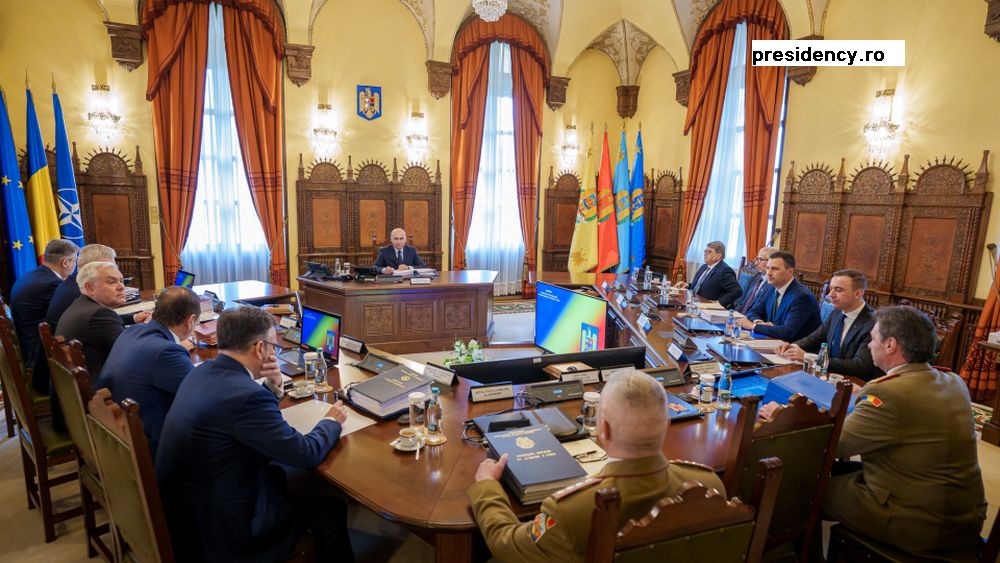Ceremonies and pilgrimages in Romania
Celebrated on August 15th, the Assumption of Mary, also known in Romania as St. Marys Day, is one of the most important holidays of Christianity
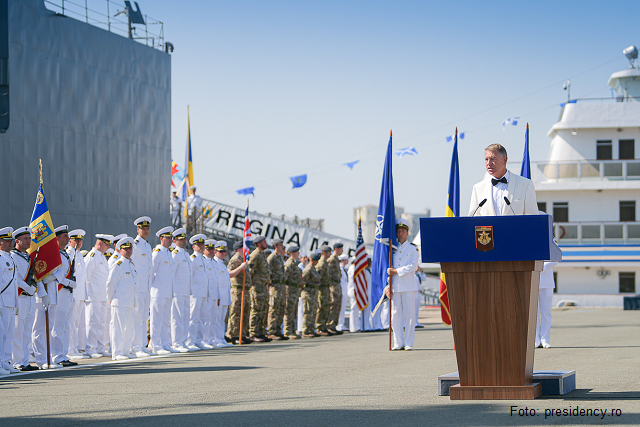
Leyla Cheamil, 16.08.2021, 13:50
In Romania, which has an Orthodox
majority, pilgrimages to various monasteries around the country are commonplace
on this occasion. Numerous Orthodox believers gathered around the Nicula
Monastery in Cluj, north-western Romania, while Greek-Catholics attended the
religious service at the St. Mary’s Sisters Church in Cluj-Napoca.
Thousands of believers of various
denominations gathered at the Maria Radna Basilica in Arad, western Romania,
where the religious service was offered in several languages, Hungarian,
Romanian, German and Croatian. And because St. Mary is also known as the patron
saint of sailors, on August 15th Romania also celebrates its Navy
Day, with a series of religious and military ceremonies in its ports and cities
at the Black Sea and the Danube. The Navy Day was marked on Sunday in the
Military Port of Constanta, on the Black Sea coast through an anniversary
ceremony, which was also attended by the country’s president Klaus Iohannis.
Due to the Covid-19 pandemic this
year the public wasn’t allowed to attend the ceremonies, which were limited to
a military parade of the war vessels, which the locals and tourists could watch
from the coast. The parade this year, which was headed by the Marasesti
Frigate, the biggest warship ever built in Romania, was attended by vessels
belonging to Romania’s Armed Forces and to its Interior Ministry and by a
frigate from Turkey. On this occasion, President Iohannis reviewed the Guard of
Honour, made up of Romanian, British and US troops and offered medals to Fleet
56 and the Maritime Hydrographic Direction for their activity.
The president thanked the Romanian
sailors and their families for their daily efforts and sacrifices and mentioned
the strategic role played by the Romanian Navy in our present time, when the Black
Sea region’s geo-strategic role had been increased as the foreign border of the
EU and by its NATO membership.
The National Security and the
security of the Romanian citizens are the main vectors guiding our strategic
positioning as well as the efforts of the Romanian Armed Forces’, Iohannis went
on to say. According to the Romanian official, ‘significant progress has been
made in recent years in the process of fitting the Romanian Navy with the
necessary equipment, including through a programme aimed at streamlining the
coastal defence system. As part of this process, Iohannis recalled that the
documents of an inter-governmental procurement agreement between the United
States and Romania were signed in April.
(bill)

